
If you're a fan of cheesecake and want to try something new and delicious, our German Cheesecake recipe is a must-try! This classic dessert features a polenta base and a creamy and tangy filling made with quark, a fresh German cheese. It's the perfect dessert for any occasion, from casual family dinners to elegant parties. Our easy-to-follow recipe and step-by-step photos will guide you through the process of making this authentic German dessert in your own kitchen. So why not impress your guests or treat yourself to a slice of our mouthwatering German Cheesecake?


This German Cheesecake is the one I grew up with that includes the much beloved ingredient Quark or Quarg which is a very low fat cream cheese consumed in German . My mother made Käsekuchen on special occasions as it takes such a large amount of quark and that isn't something readily available in New Zealand.
The origin of Käsekuchen isn't clear, though apparently it has been around since Roman times, but it 'wasn't until the 17th century that the Käsekuchen began to grown in popularity in Germany.' It can readily be found in any backarei you step foot in throughout the country meaning it is a popular cake.
Why you'll love this
Light and creamy filling
The main ingredient, quark is an incredibly lean cream cheese in Germany frequently used as a cream cheese, though it's healthier and make this a much lighter cheesecake than the traditional New York version most have tried.
Authentic German taste
My German Cheesecake recipe is inspired by traditional German baking techniques, and features a creamy filling with a hint of lemon. You'll feel like you're enjoying a slice of cheesecake straight from a German bakery!
Lemon flavor
The flavor throughout makes this a really zesty and fresh cake that will impress with that dark top most closely resembling a basque cheesecake.
It's crustless baby
No need for a crust here! Making this super simple and unfussy to prepare.
Easy to make
My recipe is simple to follow, with step-by-step instructions and photos to guide you through the process. Even if you're a beginner baker, you'll be able to create a beautiful cheesecake that looks and tastes amazing.
How to prepare German Cheesecake
- Prepare your tin: Greaseproof the interior of your cake tin and lightly sprinkle polenta over the entire base.
- Cream the butta: Cream the butter and sugar until pale and fluffy.
- Add the egg yolks individually: Beat the egg yolks each into the fluffy butter mixture.
- Add the quark and dry ingredients: Once again we beat all these ingredients in until nice and smooth.
- Beat the egg whites: We want these babies stiff.
- Fold, fold and fold: Fold the creamy quark mixture into the stiff egg whites.
- Bake: Spoon into your prepared cake tin and smooth out evely. Bake until really golden.
- Allow to cool: The cheesecake is best once it has been allowed to cool.
- Serve: Slice, serve and enjoy.
Tips for the best German Cheesecake
Separating your eggs: Due to the the egg yolks needing to be added individually, the task of separating is best left to doing as you add the egg yolks to the batter otherwise you would need individual ramekins to keep the egg yolks separate ahead of time.
Polenta sub: If you don't have polenta or cornmeal on hand you could sub in course semolina for the base of the cheesecake.
Keeping the cake: This is best served within 2 days of making and is best kept covered in the fridge where it will keep for up to 5 days.
More German recipes you'll love
Versunkener Apfelkuchen - German Apple Cake
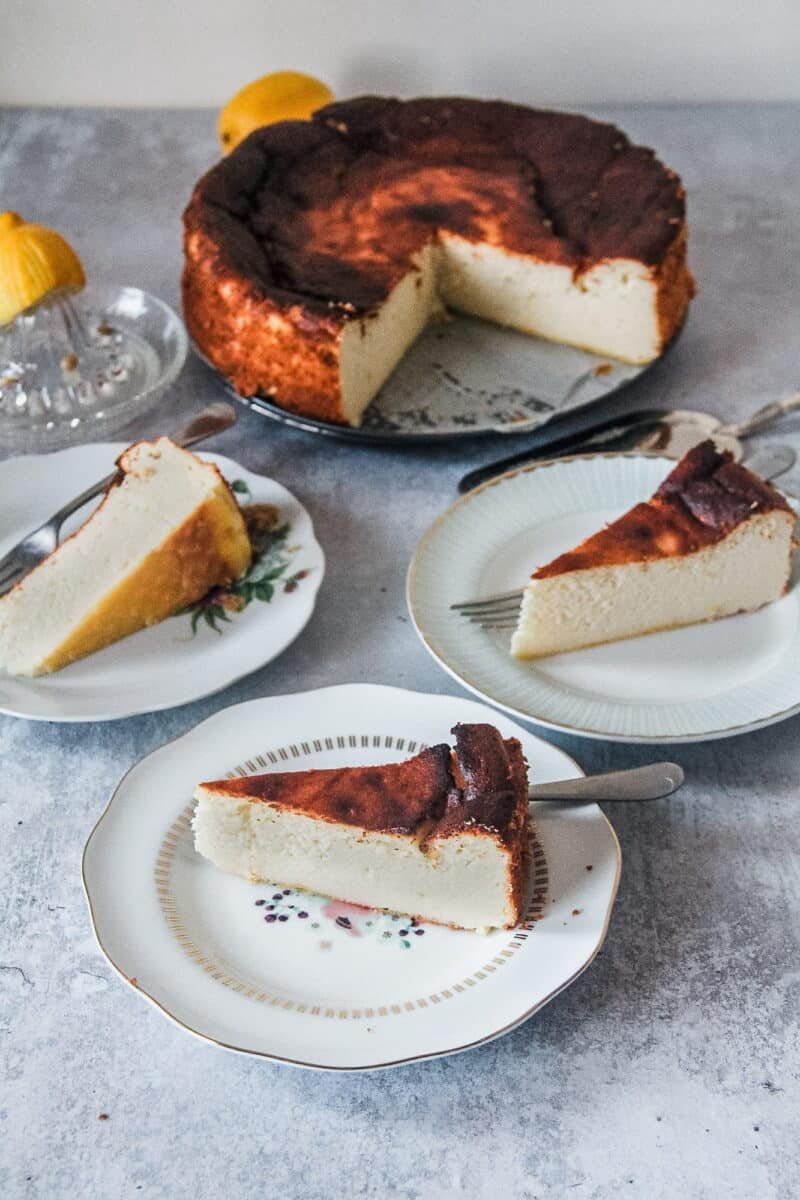
How to make German Cheesecake:
Greaseproof a springform tin and sprinkle the polenta evenly over the base of the baking tin. Preheat the oven to 200ºC/390F.
Place the butter and ¾ cup of the sugar in a bowl and beat until creamy.
Add in one egg yolk and beat until combined, repeat with the remaining egg yolks until completely incorporated and smooth.
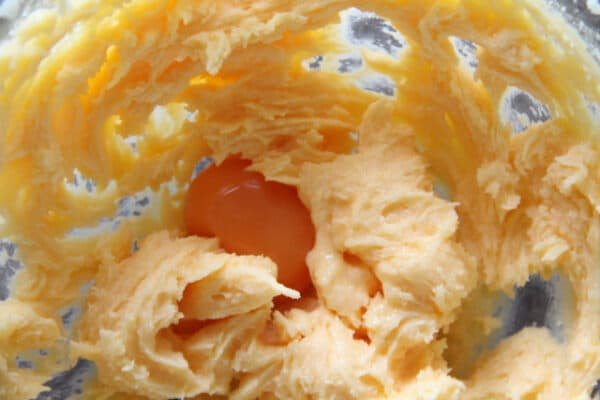
Add the quark, semolina, juice, rind, cornflour and baking powder and mix until combined and smooth.
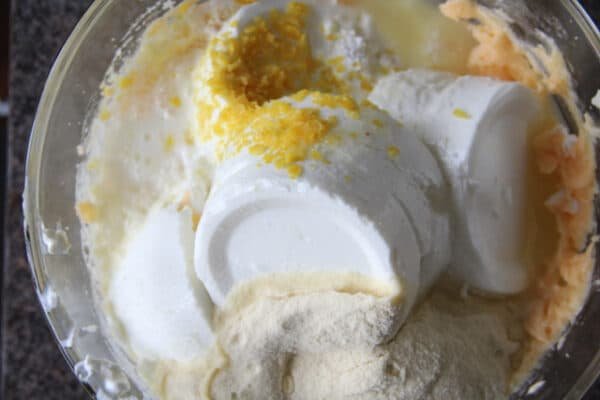
In a separate bowl, beat the egg whites and remaining sugar until stiff.

Fold in the creamy quark mixture into the egg whites until smooth.
Pour into the baking tin and bake for an hour or until no longer jiggly in the center.
Allow to cool in the oven for 10 minutes before removing.
Place on a cooling tray and remove the tin carefully. Allow to cool fully before serving.
Slice and serve.


German Cheesecake
- Prep Time: 15 minutes
- Cook Time: 1 hour
- Total Time: 1 hour 15 minutes
- Yield: Serves 10
- Category: Cakes
- Cuisine: German food
Description
A lot of quark and a touch of lemon make this German cheesecake recipe different to most baked cheesecakes you would have likely tried before with it's super light texture thanks to that low fat cream cheese.
Ingredients
30 grams / 2 tablespoons polenta
125 grams / 4.4 ounces butter
280 grams / 1 ¼ cups superfine/caster sugar
5 eggs, room temperature and separated
1 kilo / 2.2 pounds quark, room temperature
110 grams / ⅔ cup semolina
2 lemons, juiced and zest finely cut
8 grams / 1 tablespoon cornflour
4 grams / 1 teaspoon baking powder
Instructions
- Greaseproof a springform tin and sprinkle the polenta evenly over the base of the baking tin. Preheat the oven to 200ºC/390F.
- Place the butter and ¾ cup of the sugar in a bowl and beat until creamy.
- Add in one egg yolk and beat until combined, repeat with the remaining egg yolks until completely incorporated and smooth.
- Add the quark, semolina, juice, zest, cornflour and baking powder and mix until combined and smooth.
- In a separate bowl, beat the egg whites and remaining sugar until stiff.
- Fold in the creamy quark mixture into the egg whites until smooth.
- Pour into the baking tin and bake for an hour or until no longer jiggly in the center.
- Allow to cool in the oven for 10 minutes before removing.
- Place on a cooling tray and remove the tin carefully. Allow to cool fully before serving.
- Slice and serve.
Notes
Separating your eggs: Due to the the egg yolks needing to be added individually, the task of separating is best left to doing as you add the egg yolks to the batter otherwise you would need individual ramekins to keep the egg yolks separate ahead of time.
Polenta sub: If you don't have polenta or cornmeal on hand you could sub in course semolina for the base of the cheesecake.
Keeping the cake: This is best served within 2 days of making and is best kept covered in the fridge where it will keep for up to 5 days.
Adapted from My Mother
Nutrition
- Calories: 331 calories per serve
Keywords: cheesecake, german recipe, lemon cheesecake


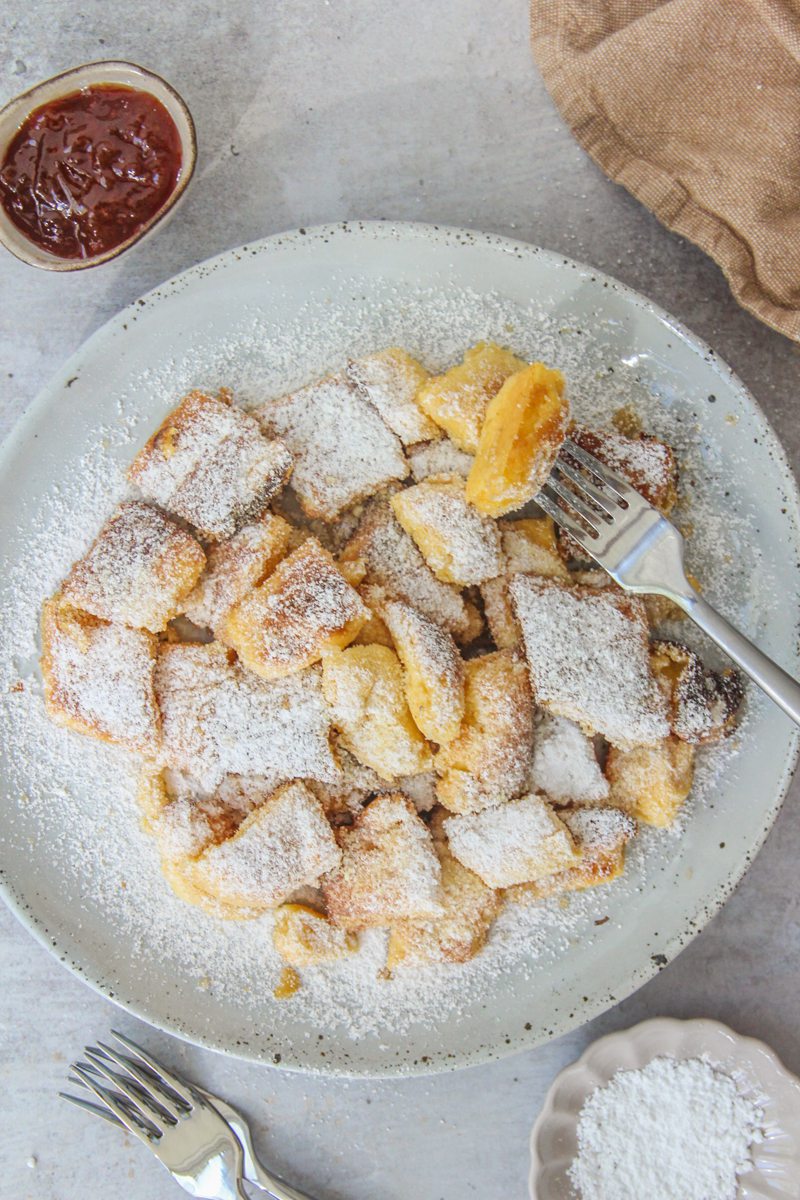
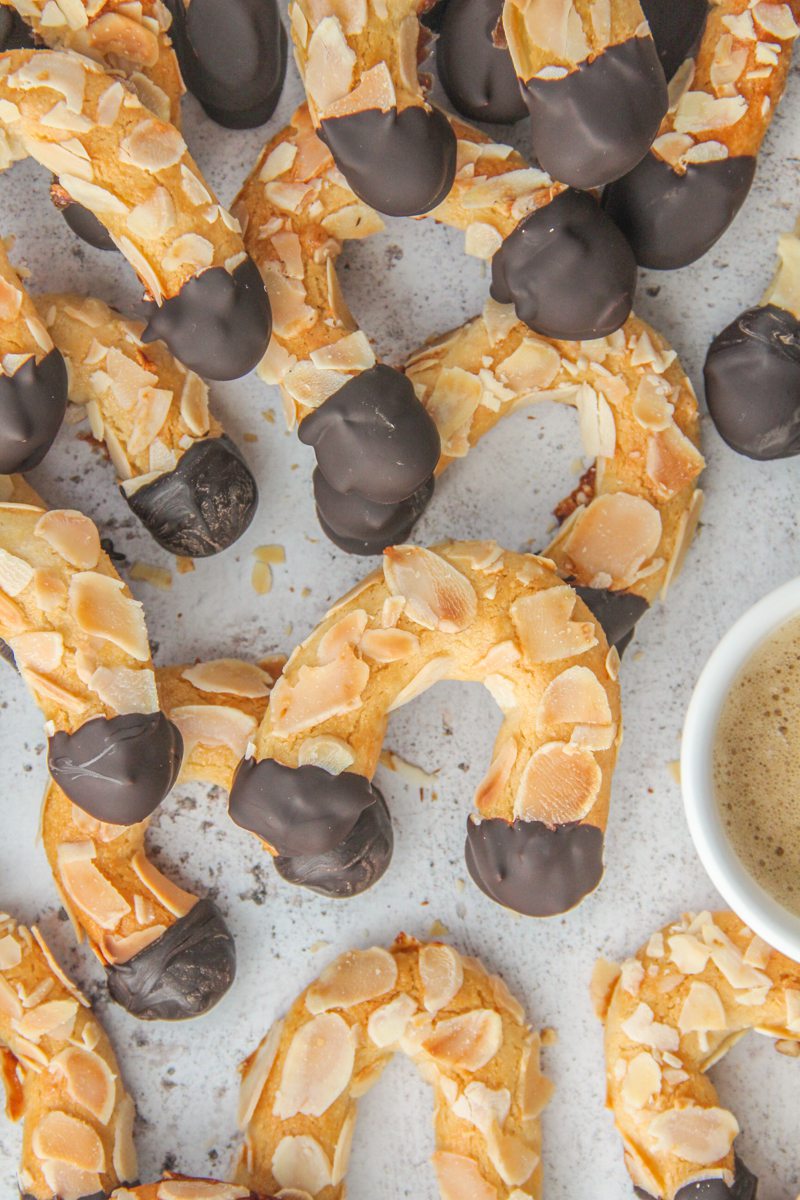
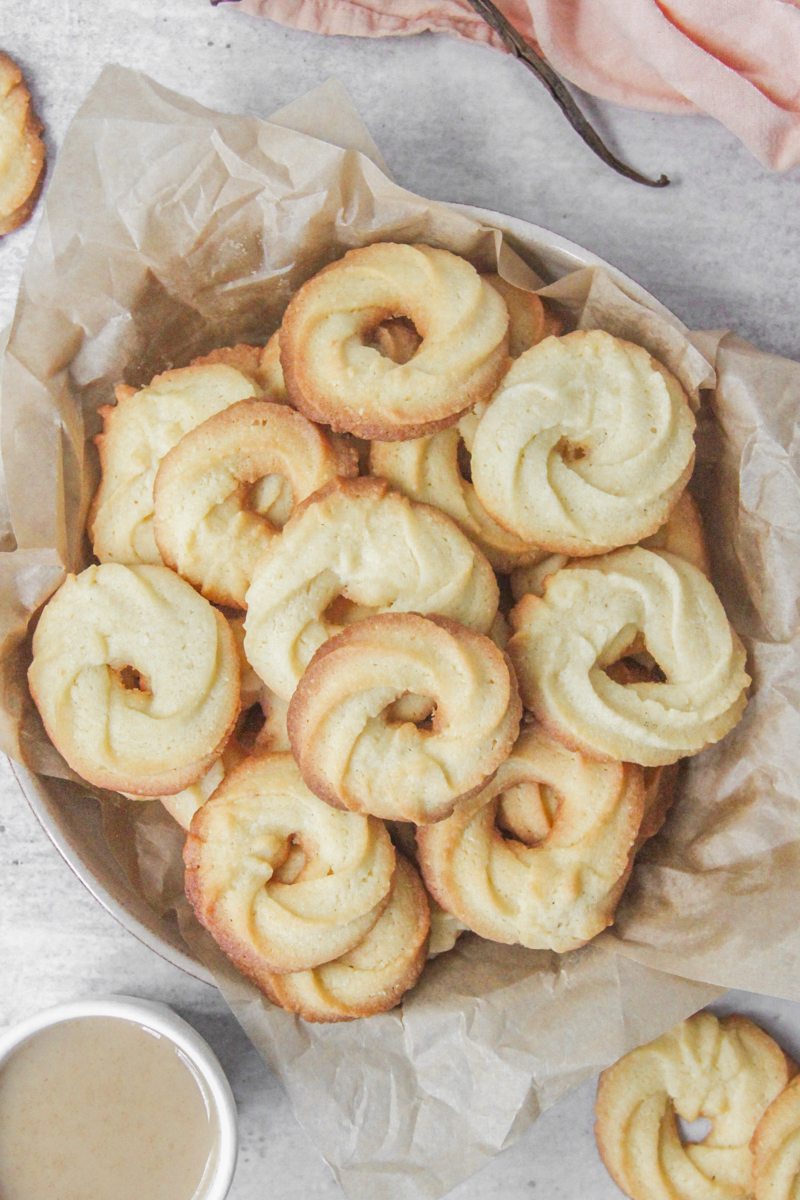
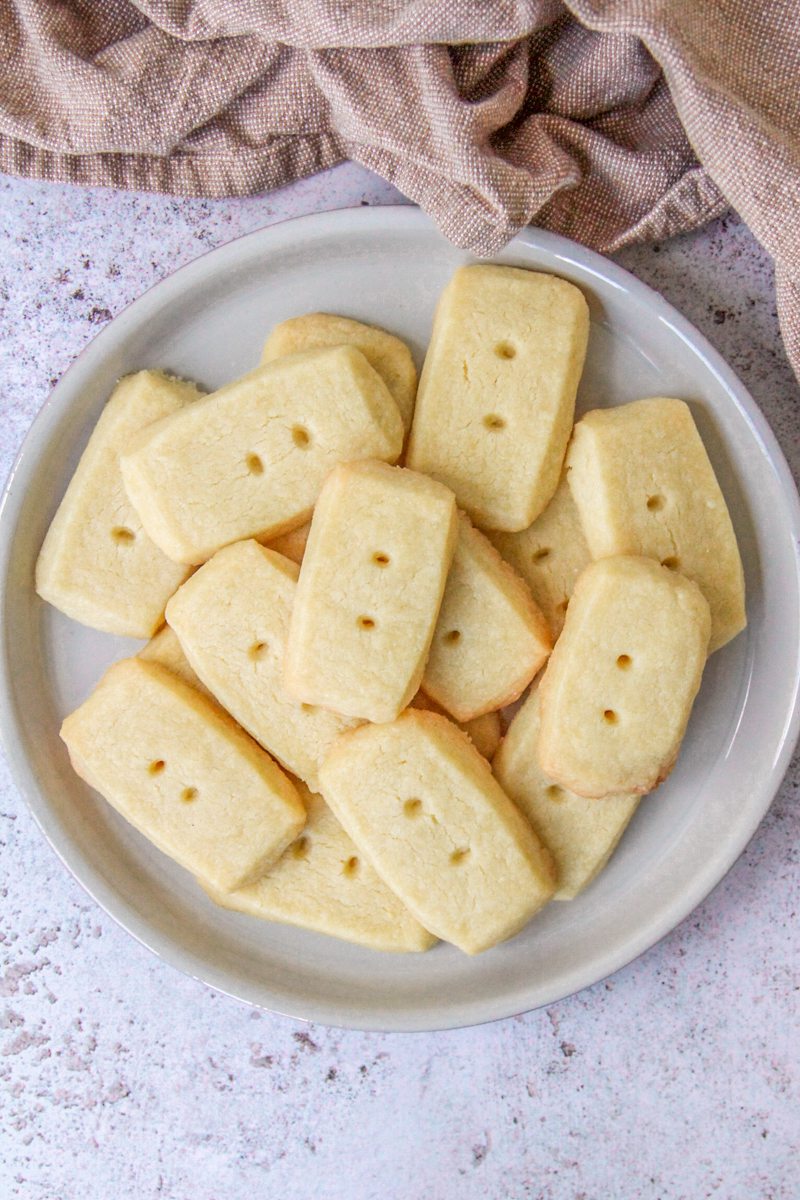
Becky @ Flaky Bakers
Such a gorgeous cheesecake! If you have access to Amazon Prime, the show Patriot should fit your tv viewing desires.
Sylvie
Thanks so much for stopping by. I do...so will have to check it out. Thanks kindly for the recommendation